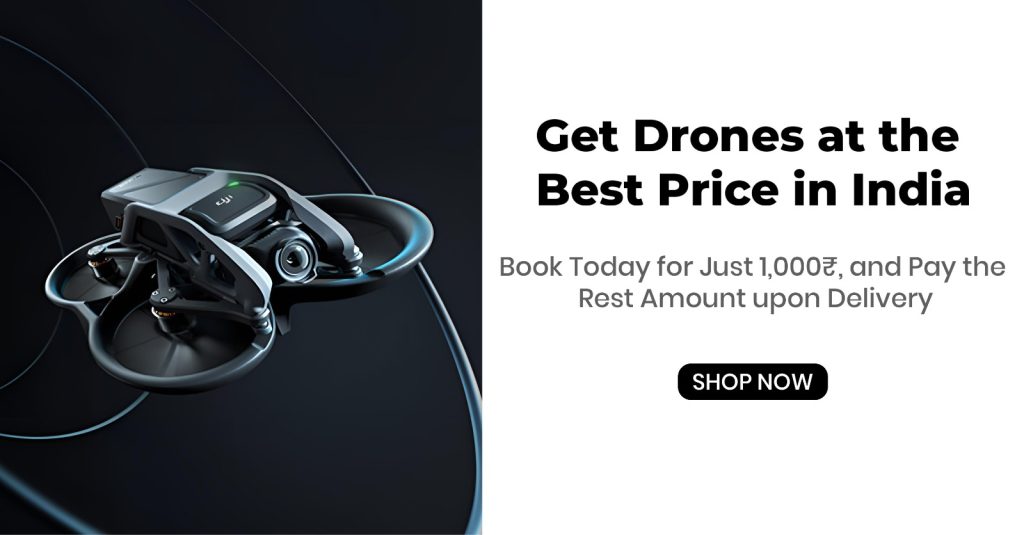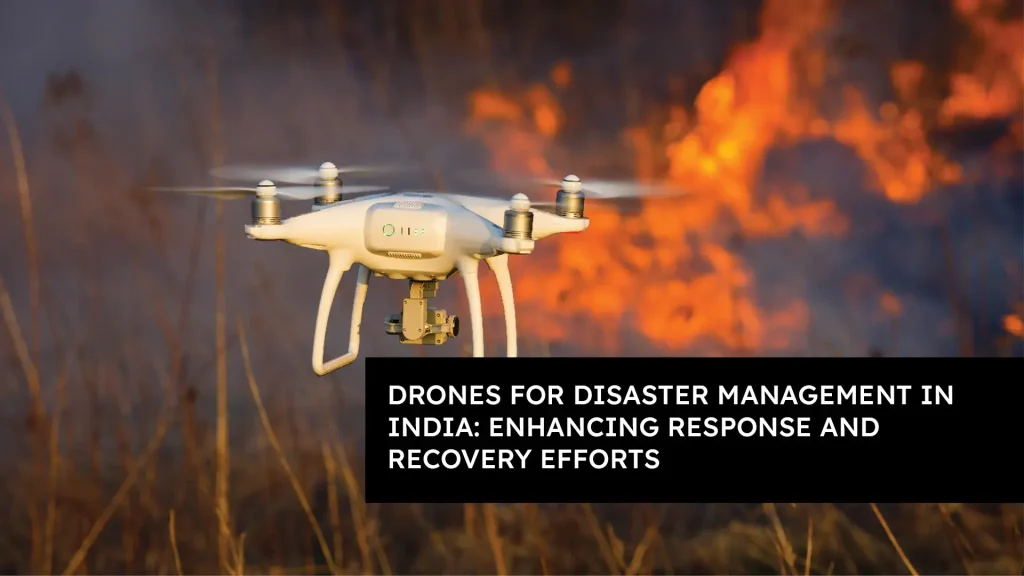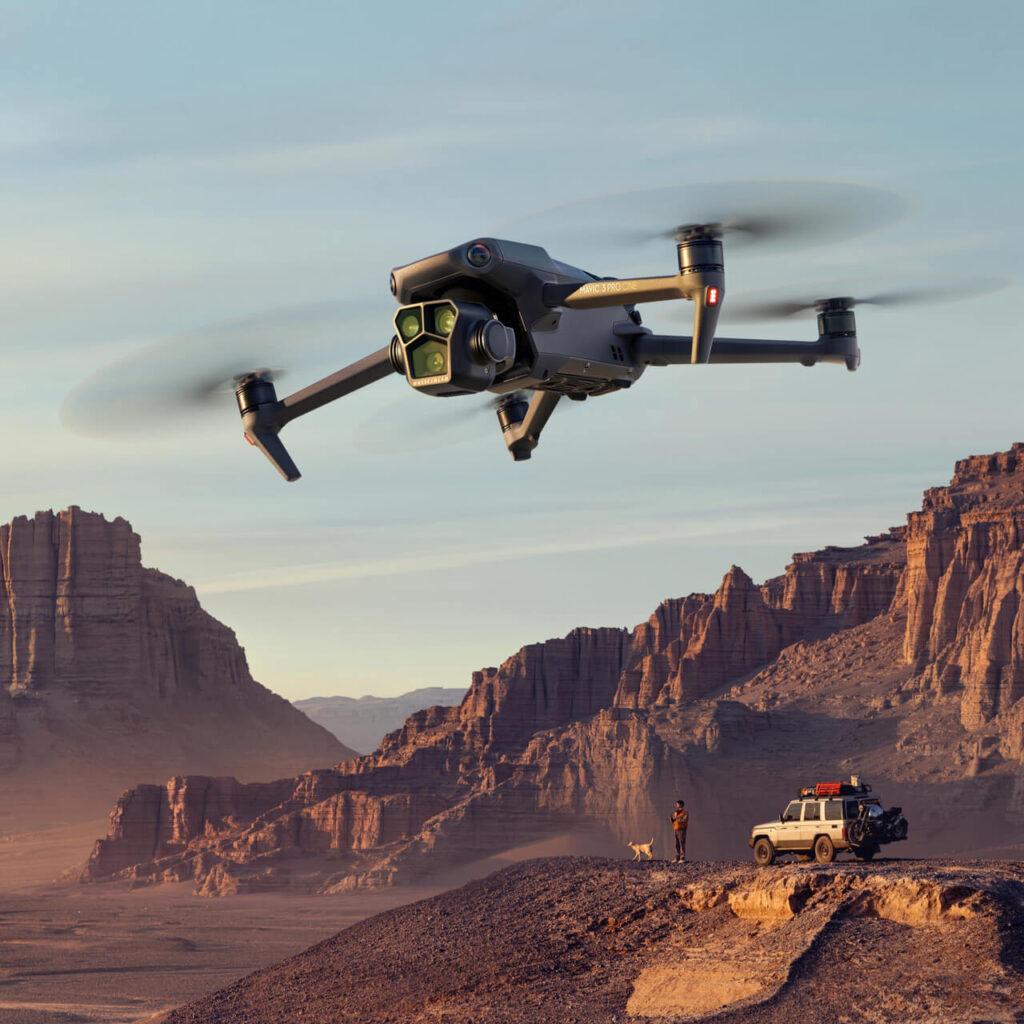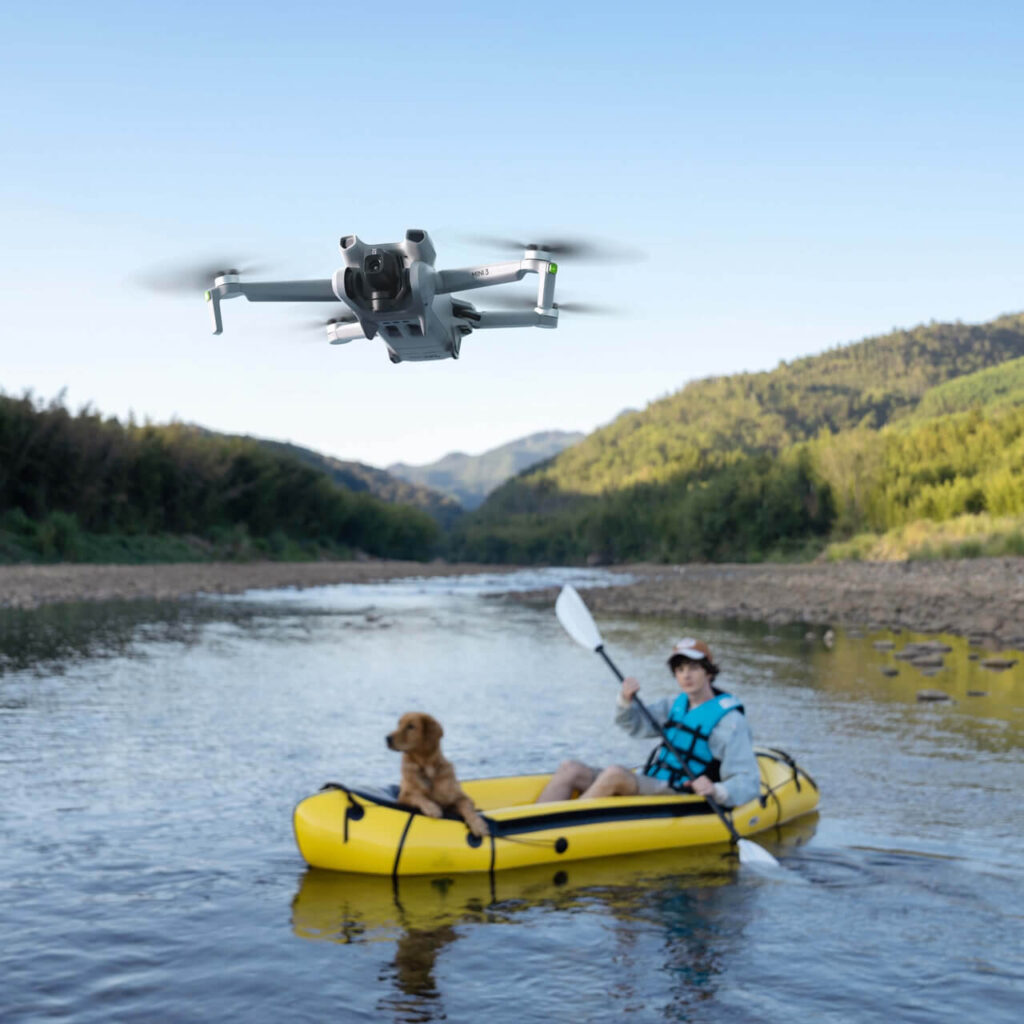Disasters, both natural and man-made, have the potential to cause immense destruction and loss of life. Timely and effective response efforts are crucial in mitigating these impacts. In recent years, drones have emerged as powerful tools for disaster management, offering unprecedented capabilities that can significantly improve the efficiency and effectiveness of response and recovery operations in India. This article explores the myriad benefits of employing drones in disaster management scenarios, highlighting their potential use cases, while also addressing the challenges that need to be overcome for their widespread adoption.
Benefits of Using Drones in Disaster Management
The integration of drones in disaster management processes introduces a range of benefits that can revolutionize response efforts:
Rapid Aerial Surveying: Drones equipped with high-resolution cameras and sensors can rapidly survey vast areas affected by disasters. This aerial perspective offers real-time data and high-quality images that aid in assessing the extent of damage and making informed decisions.
Access to Inaccessible Areas: Disasters often render certain areas inaccessible due to hazardous conditions or infrastructure damage. Drones can navigate such environments safely, providing valuable insights without endangering human lives.
Quick Search and Rescue: Drones equipped with thermal imaging and live video transmission can swiftly locate survivors in disaster-stricken regions. These devices enable rescue teams to pinpoint individuals who might be trapped or stranded, increasing the chances of successful rescues.
Efficient Damage Assessment: Accurate damage assessment is vital for allocating resources effectively. Drones can provide detailed visual data that helps authorities prioritize areas that require immediate attention, enabling timely resource allocation and response.
Delivery of Essential Supplies: Drones offer a lifeline for delivering critical supplies to hard-to-reach areas, circumventing challenges posed by damaged infrastructure or impassable roads. Medical supplies, food, water, and communication devices can be airlifted to affected populations swiftly.
Enhanced Situational Awareness: Drones provide real-time situational awareness to decision-makers, enabling them to make informed choices based on up-to-date information. This aids in coordination between different response teams and agencies.

Use Cases for Drones in Disaster Management
Drones find utility across various stages of disaster management:
Search and Rescue: During earthquakes, floods, or landslides, drones can identify survivors in remote or inaccessible locations. Thermal cameras can detect body heat, facilitating faster search and rescue operations.
Damage Assessment: Drones can survey disaster-affected areas, assessing the damage to buildings, infrastructure, and landscapes. This data guides recovery efforts and reconstruction planning.
Supply Delivery: Drones equipped with payload capabilities can transport essential supplies to disaster-stricken areas, reducing response times and ensuring that relief reaches affected populations promptly.
Communication Support: Drones serve as communication relays in areas where communication infrastructure has been disrupted. They can provide connectivity by acting as mobile cell towers, facilitating communication between response teams and survivors.
Challenges of Using Drones in Disaster Management
While the potential benefits of drone integration in disaster management are promising, several challenges must be addressed:
Regulatory Framework: The operation of drones in Indian airspace is subject to regulatory constraints. The development of comprehensive guidelines and regulations tailored to disaster management scenarios is necessary to ensure safe and effective drone usage.
Safety Concerns: The presence of drones alongside manned aircraft raises safety concerns, including the risk of collisions. Implementing air traffic management systems that account for drones and establishing no-fly zones in disaster areas are essential for safe operations.
Data Privacy: Drones collect vast amounts of data, including imagery and video footage. Ensuring the privacy of disaster-affected individuals and adhering to data protection laws are critical aspects that require attention.
Public Acceptance: Building public trust in the capabilities and intentions of drones is essential. Concerns over surveillance, intrusion, and misinformation dissemination need to be addressed through awareness campaigns and transparent communication.
Conclusion
Drones have the potential to revolutionize disaster management in India by providing swift, accurate, and data-rich insights that can enhance response and recovery efforts. While challenges like regulatory hurdles, safety concerns, and public acceptance remain, the evolution of drone technology and the determination of relevant authorities and stakeholders are paving the way for a future where drones play a crucial role in disaster management. By harnessing the benefits of drones while addressing these challenges, India can improve its disaster resilience and significantly mitigate the impact of future calamities.




